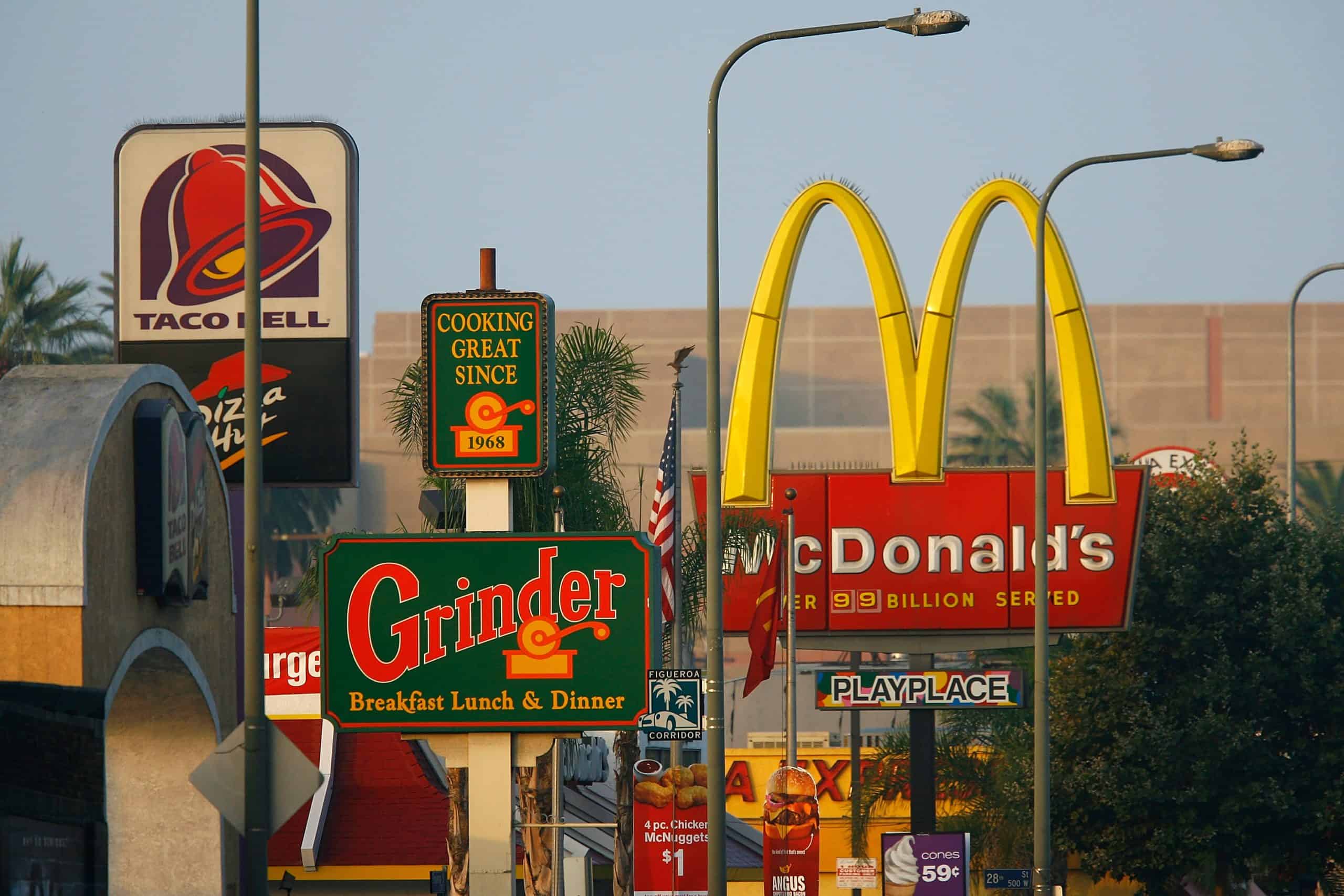Many brands are struggling today due to a combination of factors like current supply chain shortages, high inflation, and changing consumer habits. But that’s not the only reason. Companies are finding it difficult to hire and retain staff, especially with rising minimum wages. Global supply chain disruptions have caused ingredient shortages and have increased prices across the board. Inflation has also driven up operational expenses and caused consumers to cut back on restaurant spending.
Prices are also up across the board. According to Restaurant Business Online, in the past year alone, menu prices at full-service restaurants have jumped 3.8 percent and menu prices at fast food restaurants are up 5.2 percent.
But the reasons don’t end there. There’s increased competition from independent restaurants, smaller chains, and delivery services. Consumers are demanding healthier foods and increasingly looking for sustainable, eco-friendly options, requirements that are incredibly difficult for chains to adapt to. Rents are high and getting higher. New technologies like online ordering, mobile apps, and contactless payment methods are expensive to implement. Food safety concerns and other public-relations nightmares can extinguish public trust. And at the end of the day, consumers tire of going back to the same chains time and time again, and start looking for something new—of which there is no shortage of options. Novelty wears off.
All of these factors combine into a nightmare scenario for the old guard chains. It’s an incredibly challenging, fiercely competitive, dog-eat-dog industry that’s constantly changing and requires the chains and their executives to be constantly adapting, constantly on their toes. So if you’re a fan of any of these struggling chains, we recommend that you pay your respects before they’re gone for good, because they might be before you know it. But if you’re a fan of any of America’s favorite restaurant chains, you’re probably in the clear—for now.
Boston Market

Boston Market has been having an especially rough go of it lately. Since the beginning of 2023, it’s shrunk from more than 300 locations to just 27, with many being evicted because of unpaid leases. They’ve also been fined by the states of New Jersey and Massachusetts for unpaid wages, and in January was fined $15 million by a U.S. district judge for failing to pay their food supplier.
Red Lobster
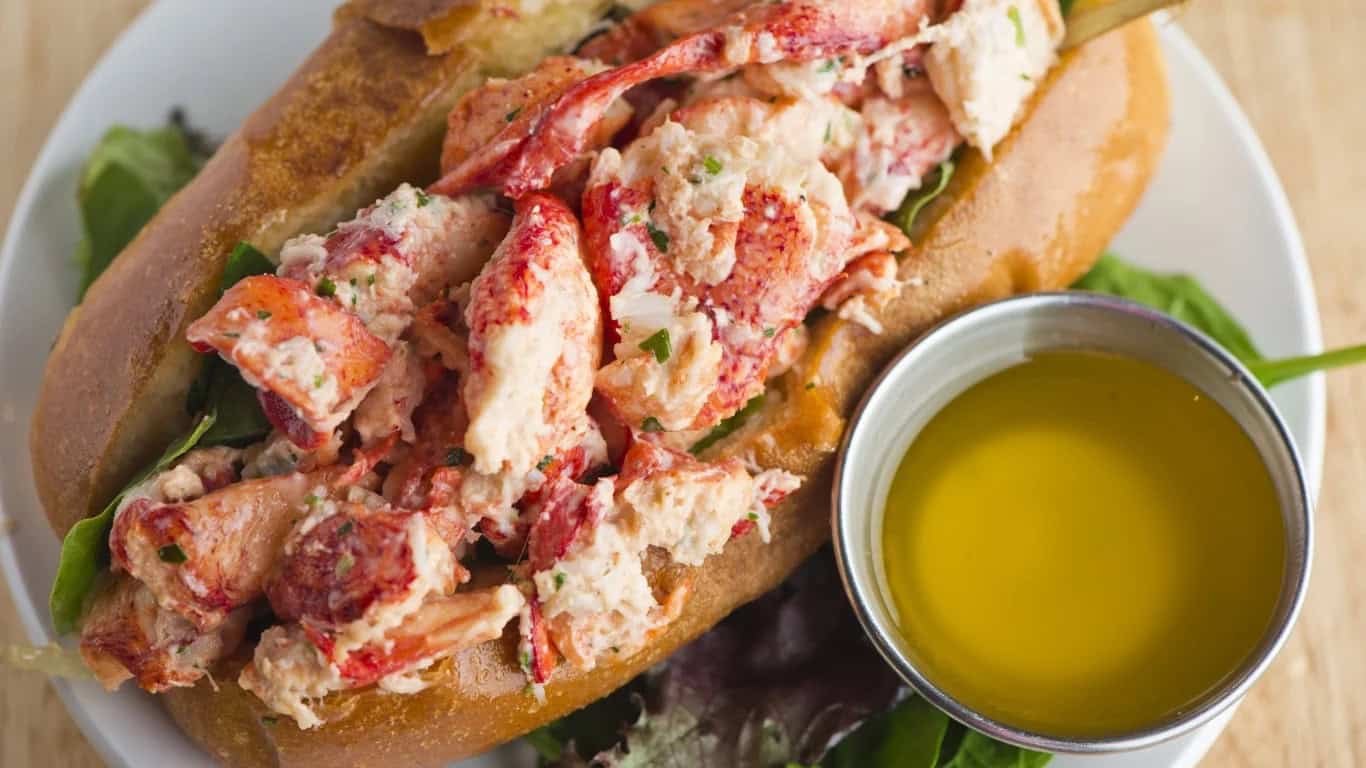
With possibly the most high-profile chain restaurant bankruptcy filing in recent memory, Red Lobster has been struggling mightily with high food and labor costs as well as high operating losses. Its ill-advised Endless Shrimp deal cost the company $11 million in operating losses, and it was also mismanaged by its private equity parent company, Golden Gate Capital, which sold the real estate Red Lobster restaurants occupy and forced each location to pay rent for the first time. More than 50 locations are expected to close.
Kona Grill
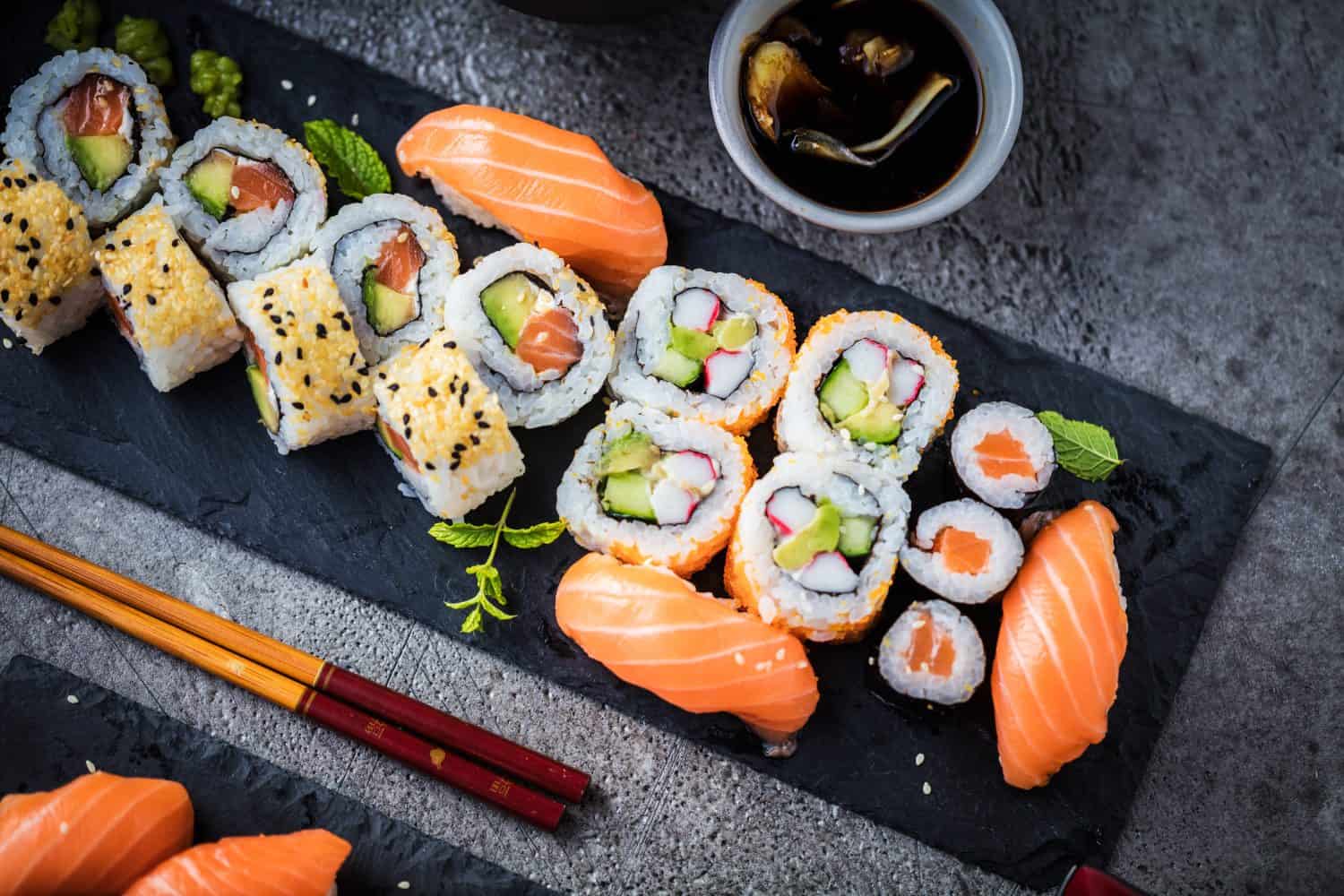
Kona Grill filed for bankruptcy in 2019, and its fortunes haven’t turned around since then. According to its latest earnings report, is saw a 14% drop in customer traffic and a 9.7% drop in same-store sales in 2024’s first quarter, although plans are reportedly in place to turn the company around and open additional locations.
Noodles & Company
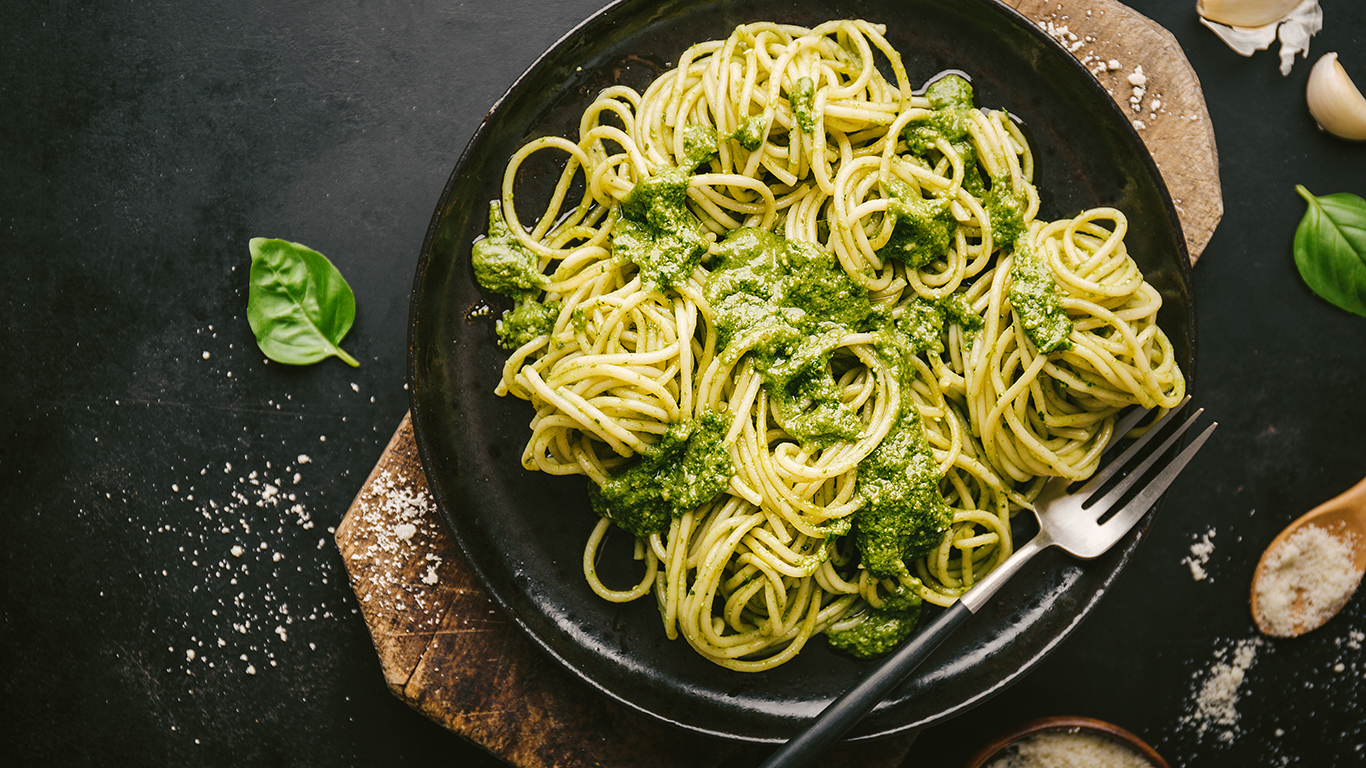
Best known for its noodle dishes, Noodles & Co. has been been hit hard by the low-carb trend. It experienced a 9% decrease in traffic at company-owned stores, an 8.9% drop in total revenue, and a 4.2% decrease in same-store sales in the fourth quarter of 2023 alone.
Hooters
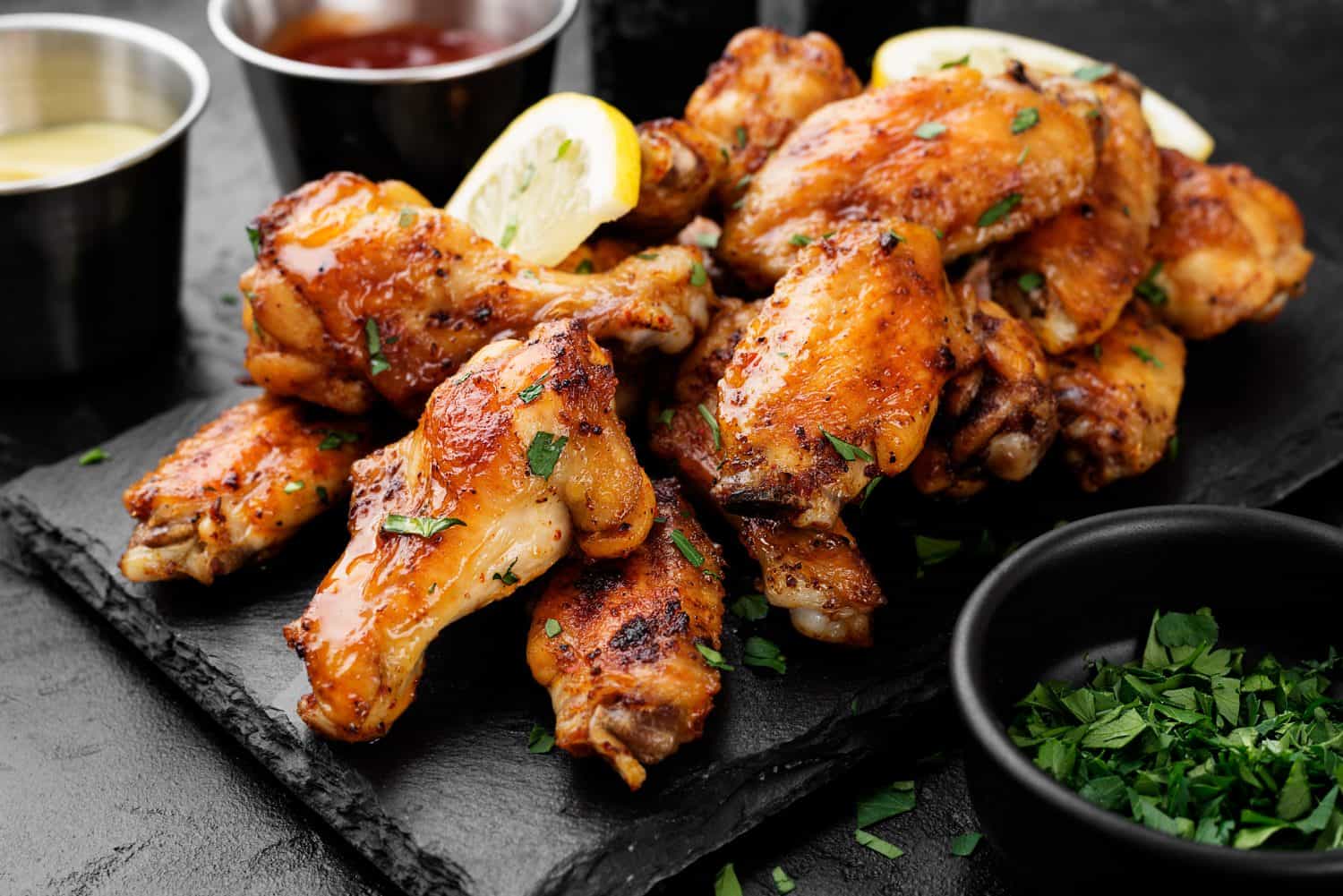
The once-popular Atlanta-based sports bar Hooters abruptly closed nearly 40 underperforming restaurants in June, and over the past several years the amount of locations nationwide has dropped from 333 to 293.
Outback Steakhouse

Outback is owned by Bloomin’ Brands, which also owns Carrabba’s Italian Grill and Bonefish Grill. The company recently announced that several dozen locations of Outback would be closing, and that so far in 2024 it’s experienced a 4.2% drop in traffic at American restaurants and a 1.2% drop in domestic same-store sales.
Denny’s
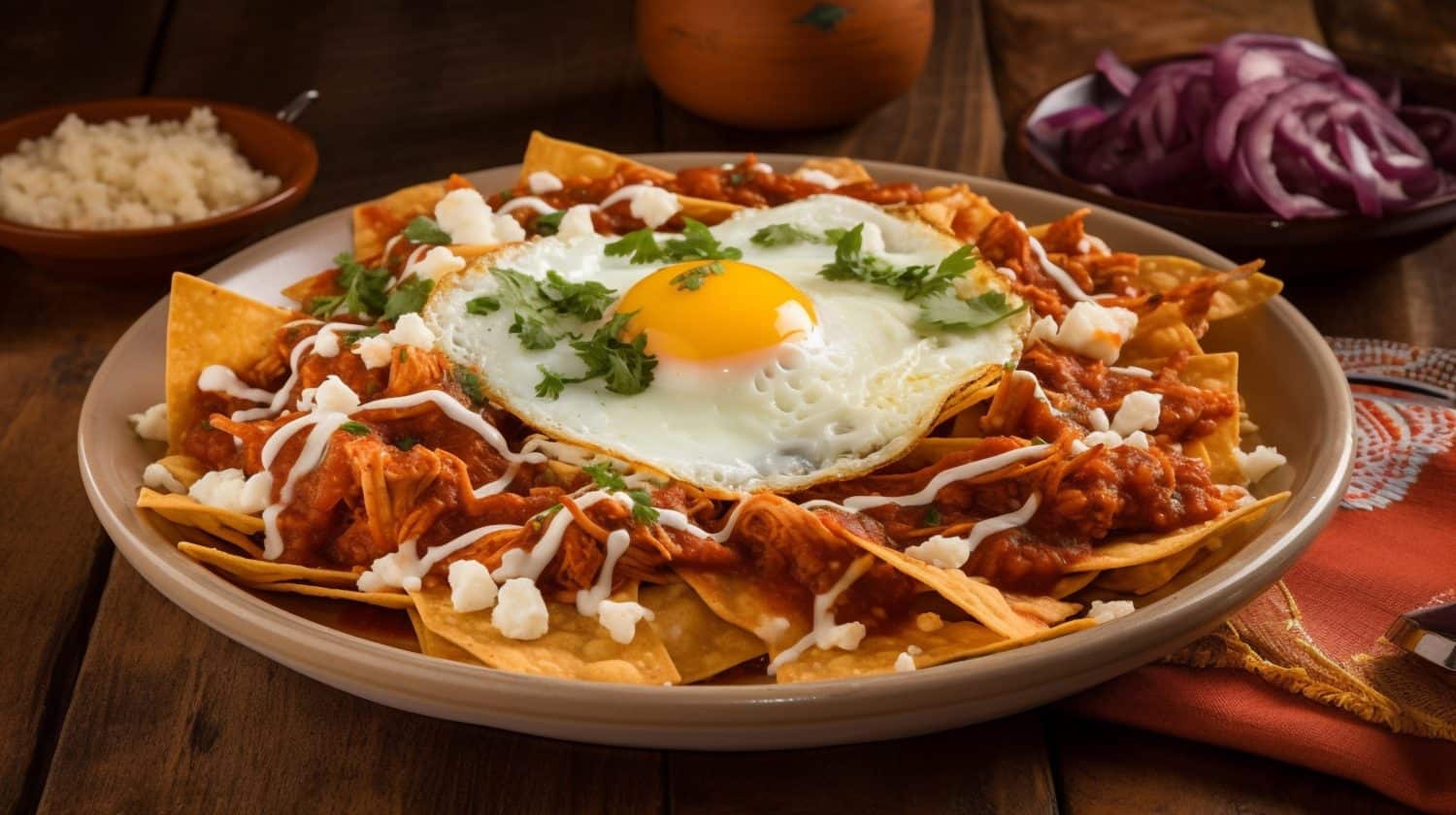
Denny’s closed 57 locations in 2023, a year that saw customer traffic decline by six percent. 2024 hasn’t been much kinder to the brand, with an additional six percent decline this year. They did open five new locations during the first quarter of 2024—but closed 25 locations, as well.
Applebee’s

Once every high schooler’s favorite hangout, Applebee’s has unfortunately not been doing so well lately, either. More than 330 locations of the bar & grill chain have closed since 2017, with more closures planned.
Sbarro
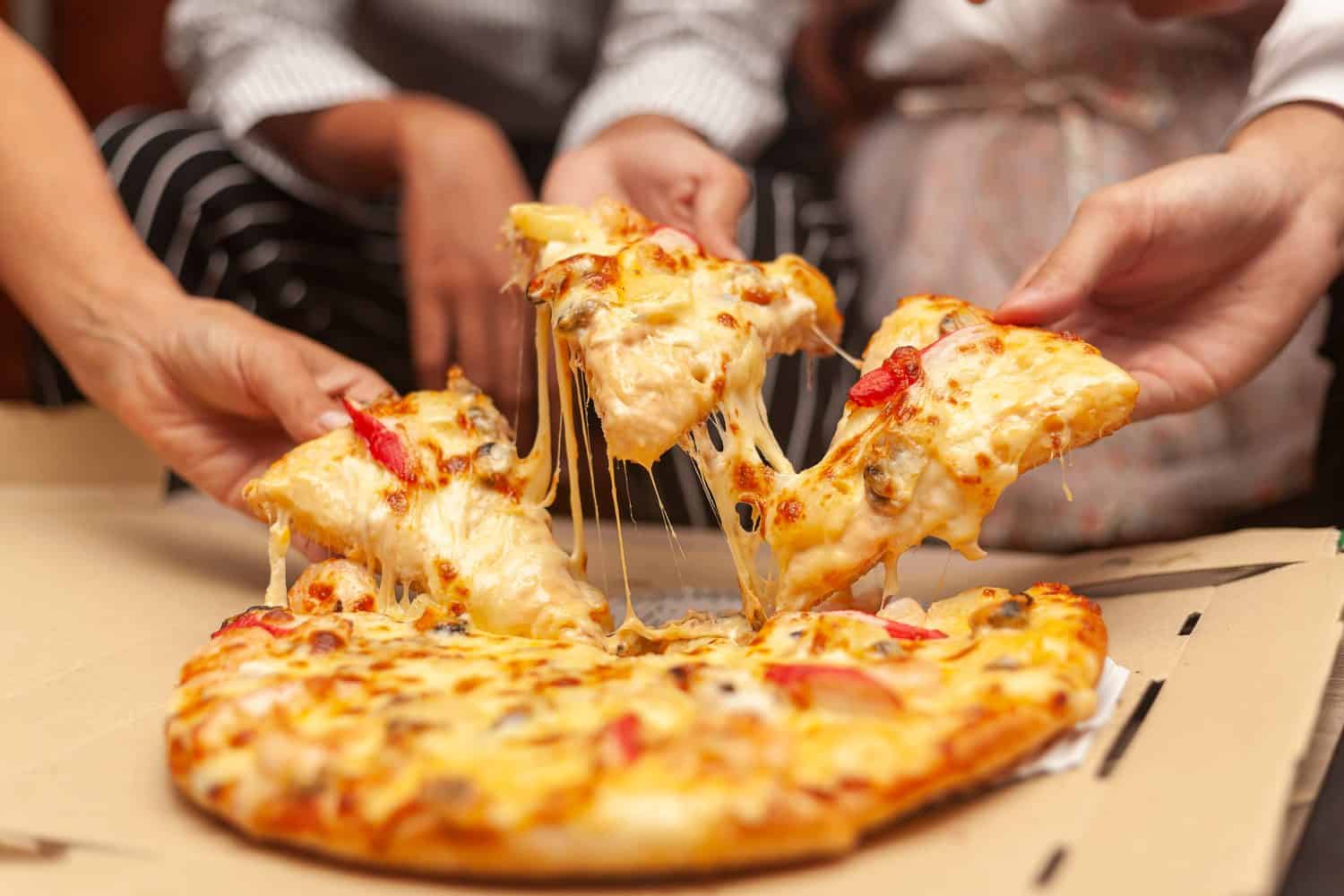
More than half of all Sbarro locations closed between 2004 and 2016, and even more locations have closed since then. Sbarro’s large footprint in mall food courts certainly hasn’t served it well as shopping at malls is in serious decline, and there’s plenty of competition in the fast food pizza space. Its flagship location in the heart of Times Square closed in 2019.
Papa Murphy’s
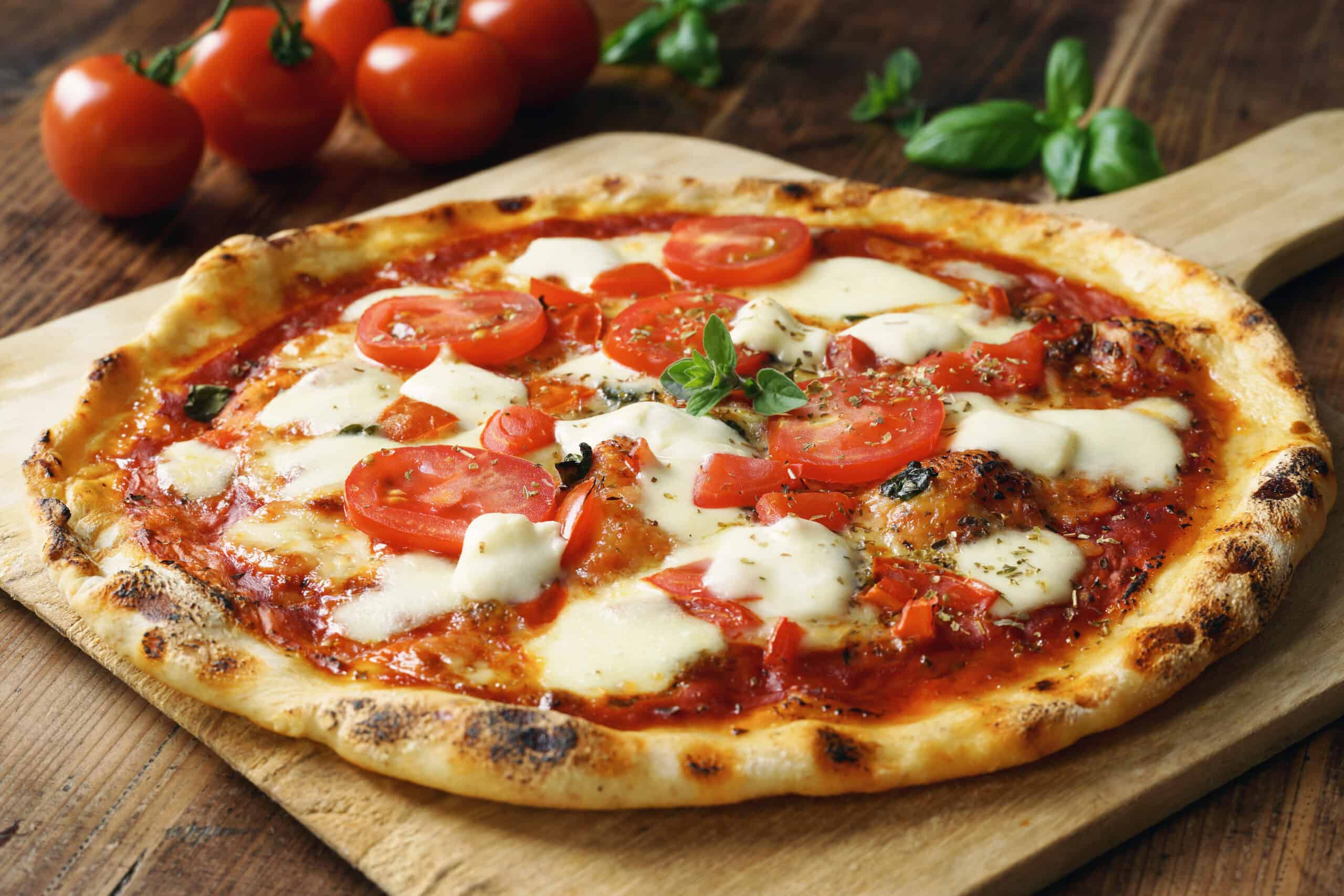
Take-and-bake pizza chain Papa Murphy’s fared pretty well during the pandemic due to its concept—which allowed people to pick up ready-to bake pizzas home to cook—but it hasn’t fared so well since then. 2022 saw a huge dip in sales for the chain, which closed 72 locations in that year due to poor performance.
Fuddruckers
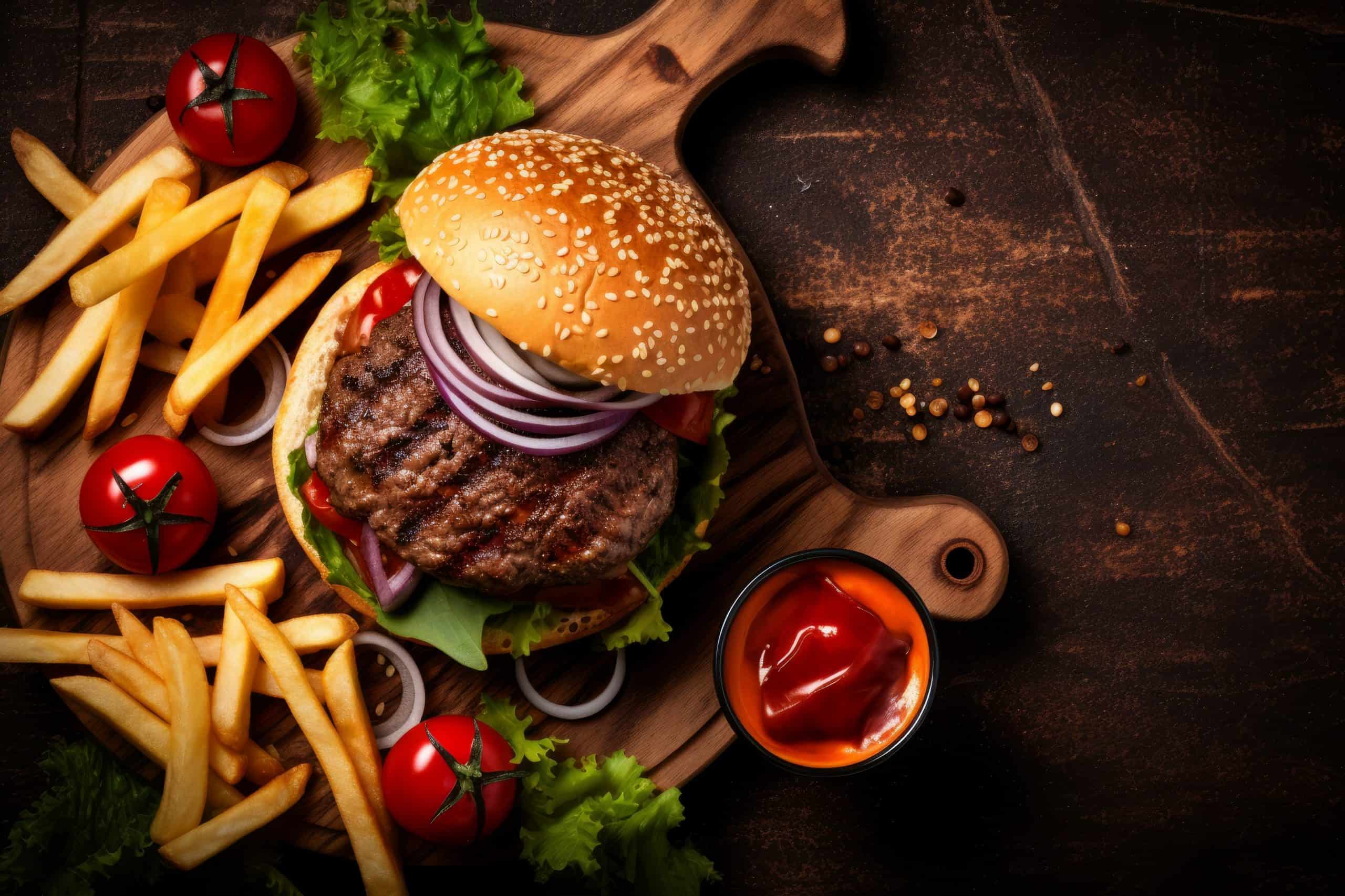
The pandemic hit already-struggling burger chain Fuddruckers hard, and in September 2020 its owner, Luby’s, announced plans to liquidate all of its assets and close all locations. A company called Black Titan Franchise Systems saved the chain the following year, and in May CEO Nicholas Perkins had to state that all of its locations weren’t closing after a blog stated otherwise. There are currently about 50 locations in 20 states, down from about 150 in its 1980s peak.
Quiznos
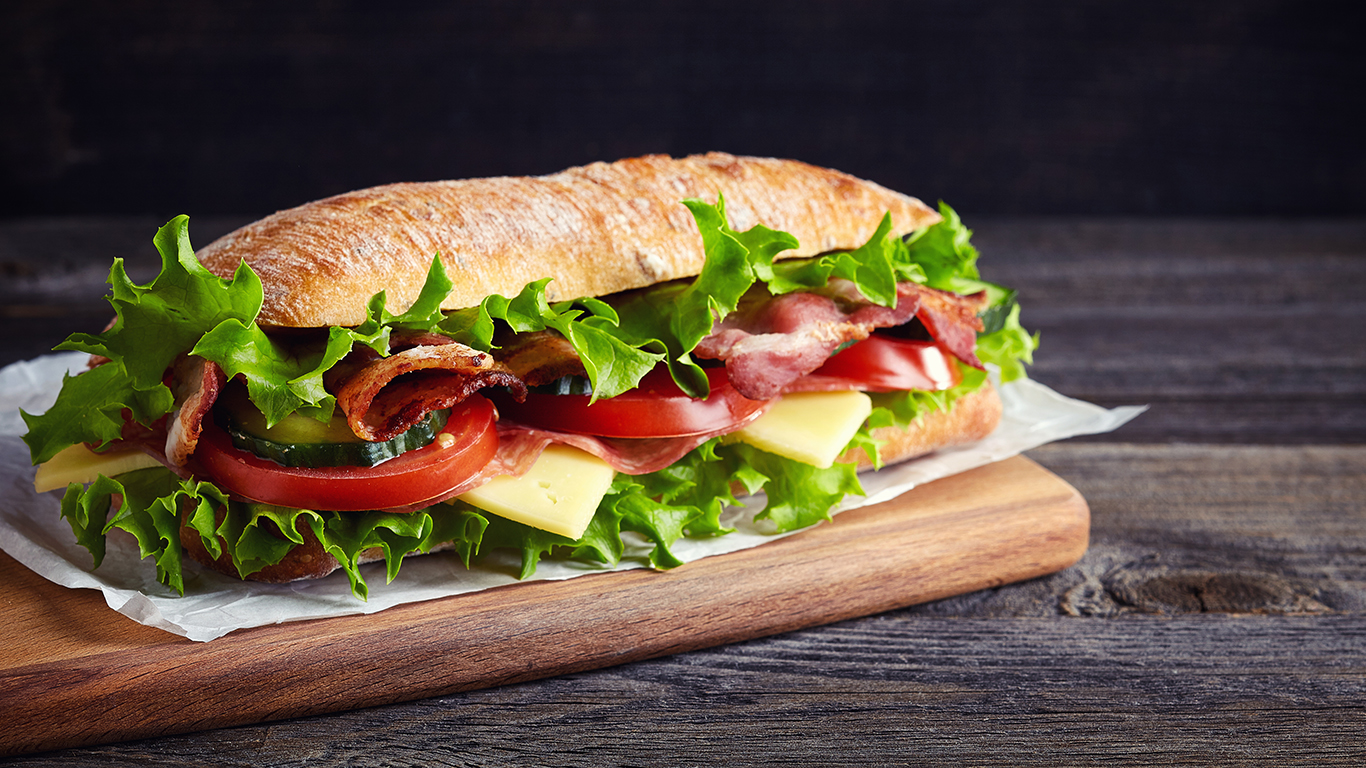
Fresh submarine sandwich with ham, cheese, bacon, tomatoes, cucumbers, lettuce and onions on wooden cutting board
The toasted sandwich chain Quiznos hasn’t had a great decade. Once North America’s second-largest sandwich chain behind Subway with 4,000 locations, there are currently only about 175 locations in the U.S. and 183 more internationally. The chain’s unorthodox franchise system—in which it would buy all supplies and sell them at inflated prices to franchisees—made it hard for franchisees to turn a profit. Increased competition and less people eating sandwiches for lunch every day have also not helped.
Tijuana Flats
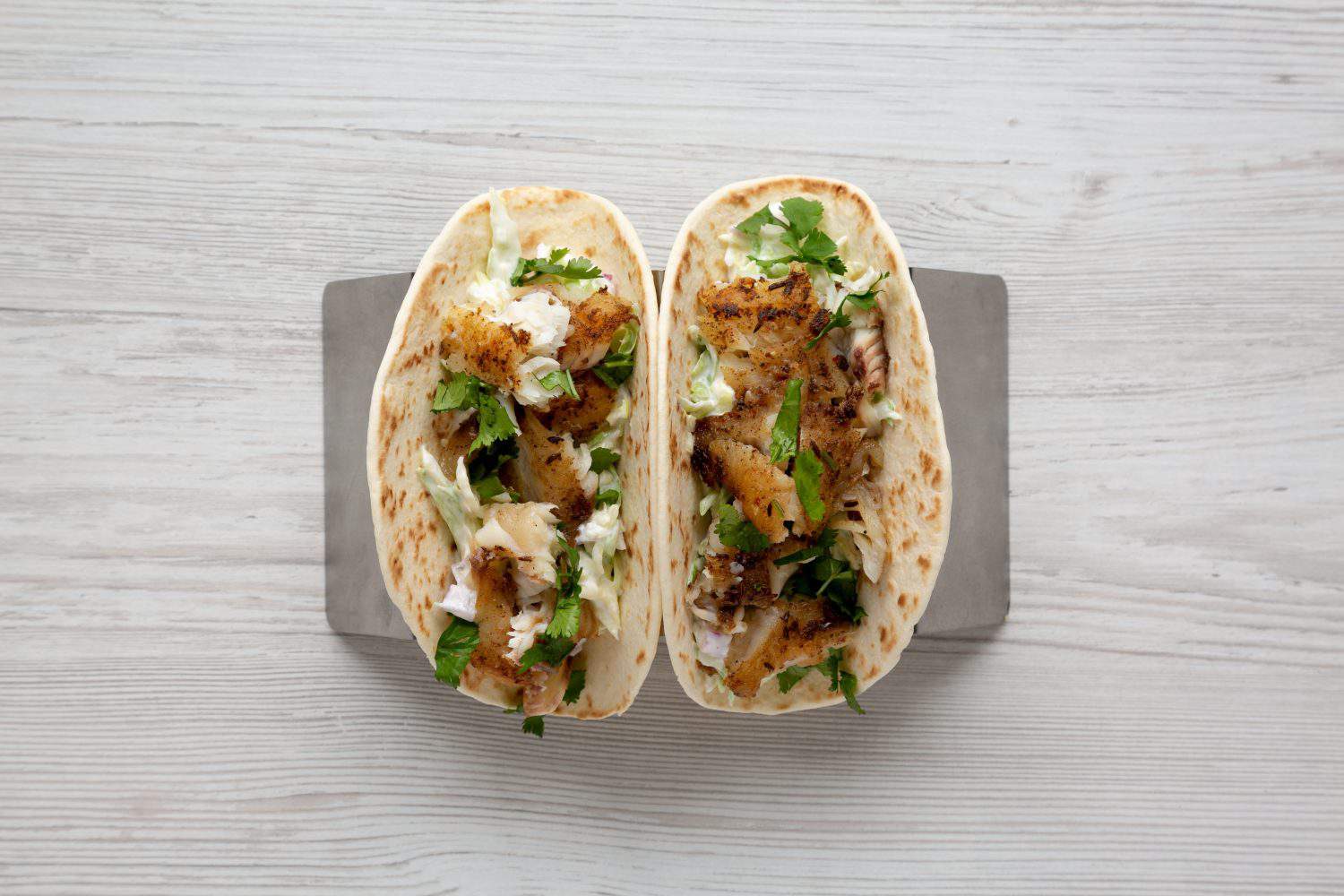
Tijuana Flats, a Florida-based Tex-Mex chain founded in 1995, announced in April 2024 that it was under new ownership and that it was filing for Chapter 11 bankruptcy protection. It closed 11 of its 65 company-owned stores and released a statement stating that the chain is at a “critical juncture” and “immediate action was needed to preserve the organization.”
Friendly’s

Founded as an ice cream shop during the Great Depression and later transitioned into full-service restaurants (albeit ones that were still most famous for its ice cream), Friendly’s hasn’t fared well over the past decade and a half. It filed for Chapter 11 Bankruptcy protection and closed 63 stores in October 2011, and filed once again in November, citing the effects of the pandemic.
The chain was acquired by Amici Partners Group the following year, and while they’ve pledged to keep all locations open, several—including the last location in Boston—have closed since then.
Ruby Tuesday
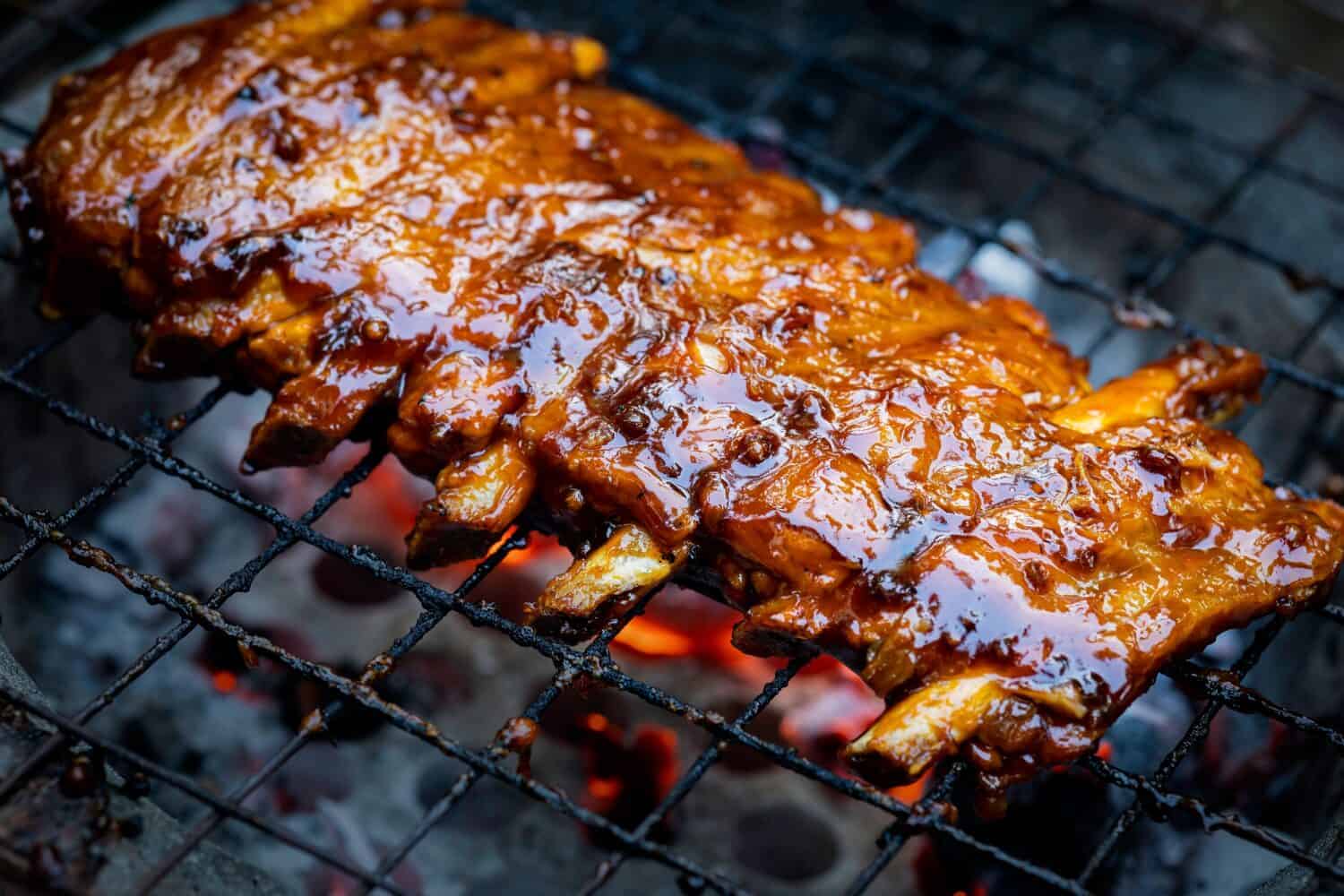
A casual burger chain named after the Rolling Stones song, Ruby Tuesday was hit hard by the pandemic and filed for Chapter 11 Bankruptcy protection in September 2020. It went on to close more than 210 locations in the following months, and more have closed since then. Nowadays, you’ll only find it in U.S. cities that have the most chain restaurants.
